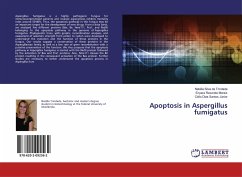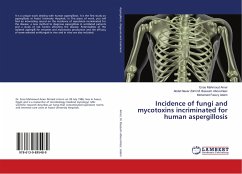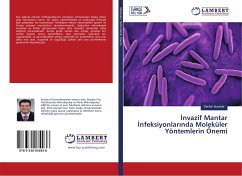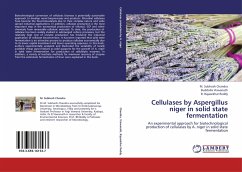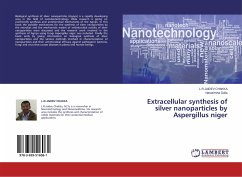Aspergillus fumigatus is a highly pathogenic fungus for immunocompromised patients and invasive aspergillosis exhibits mortality rates around 50-80%. Thus, the apoptosis pathway in this fungus may be an important target for the development of new drugs. From a data bank, we analyzed five different proteins (Bax, Bir, Nma111, Pca1, and Rad9) belonging to the apoptosis pathway in the genome of Aspergillus fumigatus. Phylogenetic trees, splits graphs, recombination analyses, and assessment of selection strength from codon to codon were developed to understand the evolution and the function of these proteins in the fungus. Our results suggest a conservation of these proteins in the Aspergillaceae family, as well as a low rate of gene recombination with a putative preservation of the function. We thus propose that the apoptosis pathway in Aspergillus fumigatus is started with the Rad9 protein followed by the activation of Bax and Pca1 proteins. Also, Nma111 cleaves the Bir protein resulting in the consequent activation of the Bax protein. Further studies are necessary to better understand the apoptosis process in Aspergillus fum
Bitte wählen Sie Ihr Anliegen aus.
Rechnungen
Retourenschein anfordern
Bestellstatus
Storno

